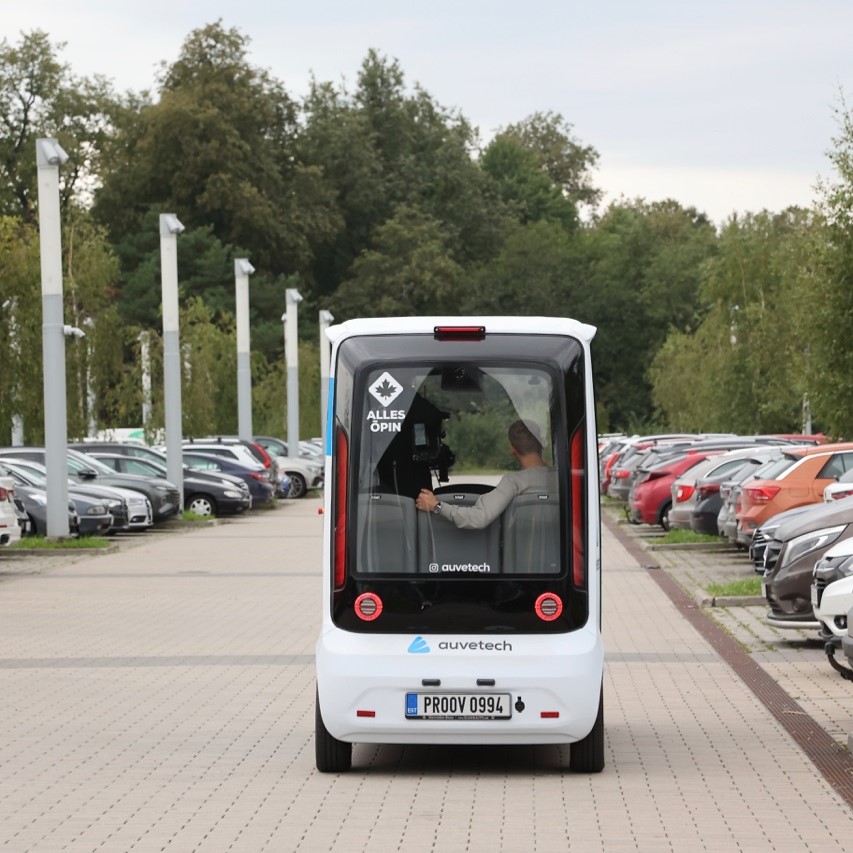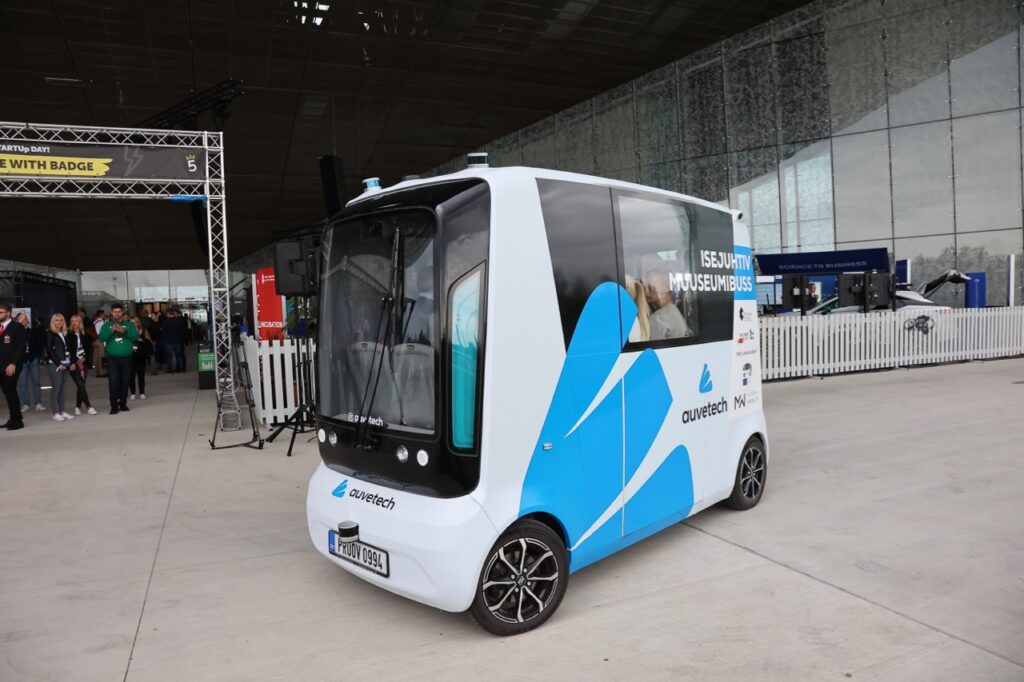A self-driving shuttle, built by the Estonian company, Auve Tech, has been introduced in Tartu, Estonia’s second largest town; the shuttle will be tested for two months.
The self-driving eight-seat vehicle, named Iseauto, will begin shuttling travellers along roughly the three-kilometre (1.9-mile) route from the Tartu town centre to the Estonian National Museum – and back. Lasting for two months, the route will operate from Wednesday through Sunday, starting from 2 September.

The goal of the testing project is to take the next step in making autonomous vehicles a natural part of urban transport, Tartu’s municipal government said in a statement.
Tartu is one of ten cities in the European Union where the European Commission-funded project Ride2Autonomy is taking place. The aim of the pan-European project is to gain practical experience in the introduction of self-driving buses and the adoption of a service based on those self-driving buses in the organisation of urban public transport.
“The experience gained will be shared with all interested municipalities across the European Union, in order to deepen cooperation in the development of public transport services involving autonomous buses,” the local government said.

Auve Tech’s self-driving vehicle concept grew out of the cooperation with the Tallinn University of Technology that started in 2017. The University of Tartu and Auve Tech signed a cooperation agreement in 2020 to develop a hydrogen-powered version of the vehicle – the result of which was officially launched on 5 July in Tartu.
Cover: A self-driving shuttle, built by the Estonian company, Auve Tech, will be tested for two months in Tartu. Photo by Ove Maidla.

